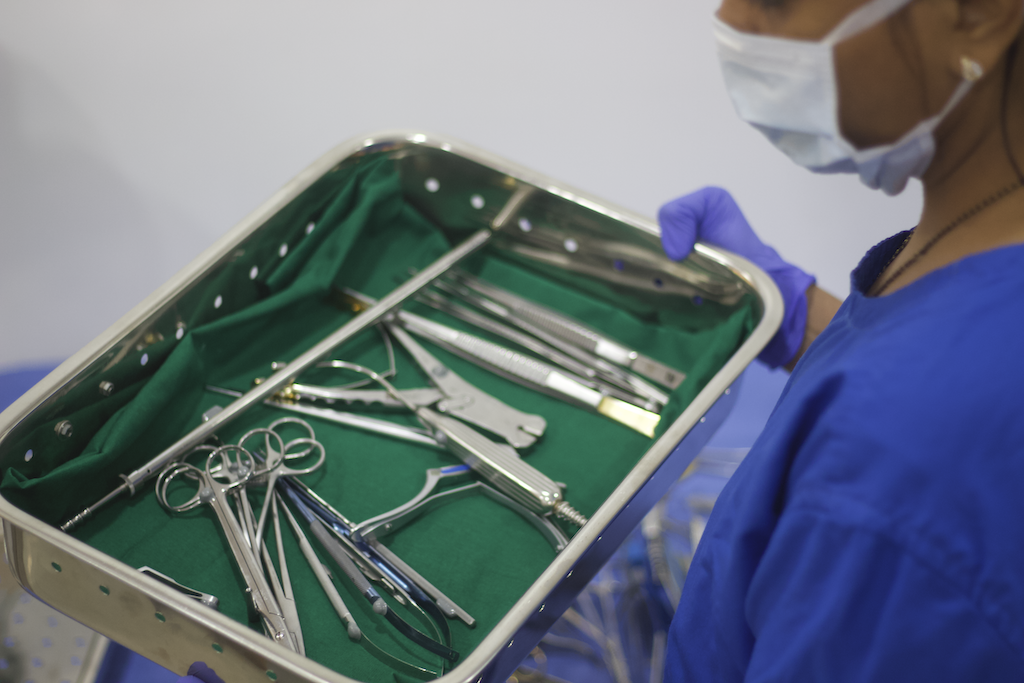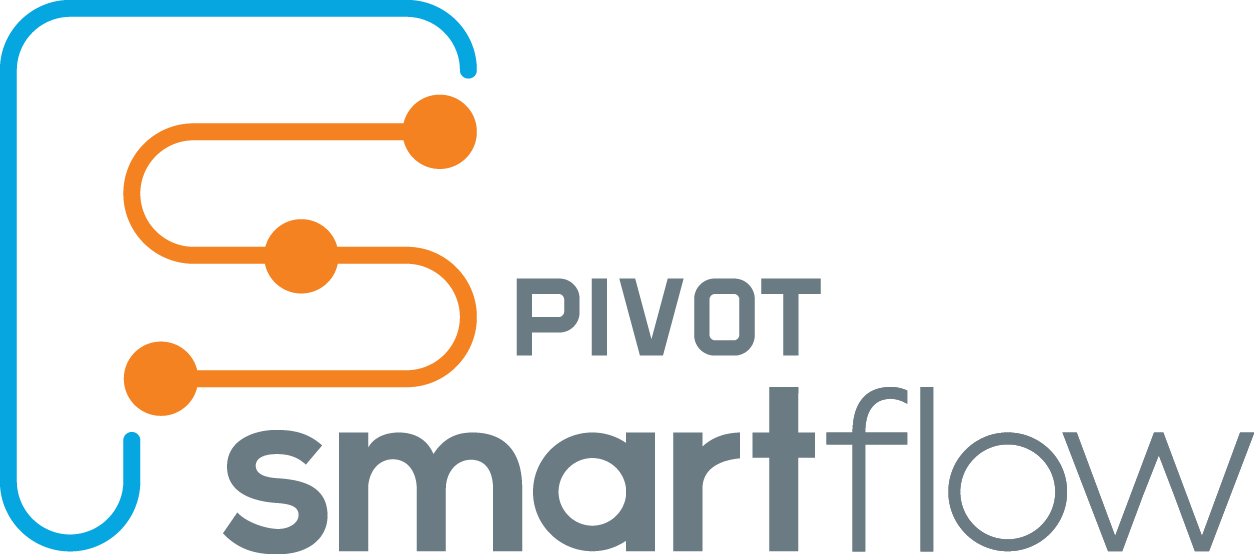
A Surgical Instrument Tracking System (SITS) is the need of the hour for any Hospital which has sizeable Surgical Instrument inventory. Implementing SITS at your hospital, however, is a strategic decision with long term implications for all users as well as managements. Here are our top 10 recommendations when considering a SITS:
1. SITS should be implemented not just for the Sterile Processing Department but for end-user departments such as Operating Rooms as well. This gives an end-to-end coverage since both these departments are equally responsible for upkeep of Surgical Instruments.
2. In addition to tracking instrument / set movement, the System should also be able to map usage of sets on patients. Such data is not just vital for patient safety, but also to track actual usage of sets and ROI on these sets.
3. The biggest challenge when digitising Instrument Inventory at a running hospital is standardisation of instrument nomenclature and sets. This is crucial to rationalising your inventory. Some of the tasks involved are
a. Identifying every Instrument and Set uniquely
b. Visual representations of every instrument and tray
c. Collating instrument life-cycle details (Vendor, Warranty, Cost, Usage, Handling Instructions, etc.)
4. Durable Marking of Unique Identification on the instruments which will sustain repeated sterilisation cycles. Here, Automatic Identification and Data Capture technologies such as RFID or Data Matrix should be used.
5. The system should offer seamless integration of Software and Hardware so that all of it works together! A SITS that offers only part of the solution means duplicity of vendors and porous accountability for overall effectiveness.
6. Ease of Use – This is paramount in a healthcare setup where technicians and nursing staff are often short of time (and if we may add, patience!).
7. User Training – The implementation partner must be able to offer repeated training or handholding of every member of the CSSD and the OT team. Many a system, in the healthcare setup, does not take off simply because users are not supported adequately.
8. Longevity of Data-Matrix marking – Surgical instruments undergo harsh treatment via detergents, sterilants as well as mechanical washing & high temperature. Hence it is imperative that the vendor is able to offer marking solutions that do not cause rusting or fading of the mark on the instrument.
9. Scalability – SITS is an enterprise-wide application and hence the system should be easy to instal, should be accessible via a variety of touch points – computers / tablets / mobile phones and should be quick to scale without sizeable expense.
10. HIS Integration – SITS should be able to integrate with the Hospital Information System (HIS) to keep data and records synchronised.

Healthcare SCM